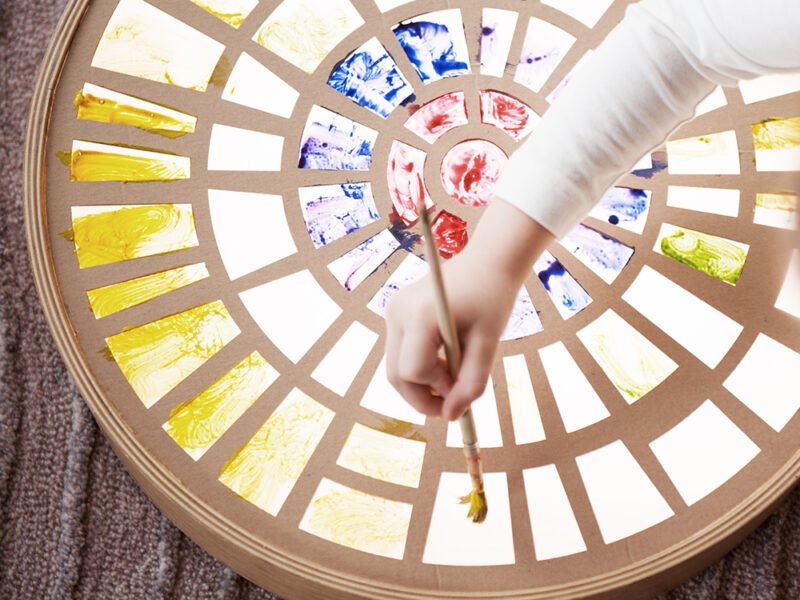How a Japanese man changed the idea of a playground

If you drive around any city you would probably spot mostly the same looking children playgrounds: some swings, slides, and a sandbox. We all know how to use them! Can you imagine a playground where you have to question every part of it?
Isamu Noguchi was a Japanese American artist and landscape architect in the mid-twentieth century. At that time, he was mostly a misunderstood conceptualist who was really interested in playgrounds. Noguchi had the idea that children didn’t need instructions to play. Usual playgrounds with swings or slides have only one possible way of using them, thus children just keep repeating the same activity over and over again.
According to the artist, if you give children an abstract, surreal landscape, they will be able to interpret it however they want. Years after this philosophy would be called a “non-directive play”. Noguchi wanted to create public spaces that inspire imagination and drive children to explore and creatively engage with the environment.
One of the most well-known Noguchi’s project ideas – “Play Mountain” (1933) featured only organic forms like soil and grass. The idea was that children would be able to play by rolling, jumping, climbing, and sliding down the molded earth freely and giving endless exploration opportunities. Even now the idea sounds radically different compared to what we are used to seeing!
Today more and more architects turn back to Noguchi ideas while developing play spaces. It is just something magnificent about an area where every day can be a different journey for you.
You could also embrace the new season with natural materials and abstract toys for a day- sand, stones, twigs, seashells – everything you could find outside! Encourage children to look from a different angle to everyday objects and play without instructions.
Enjoy summer!







